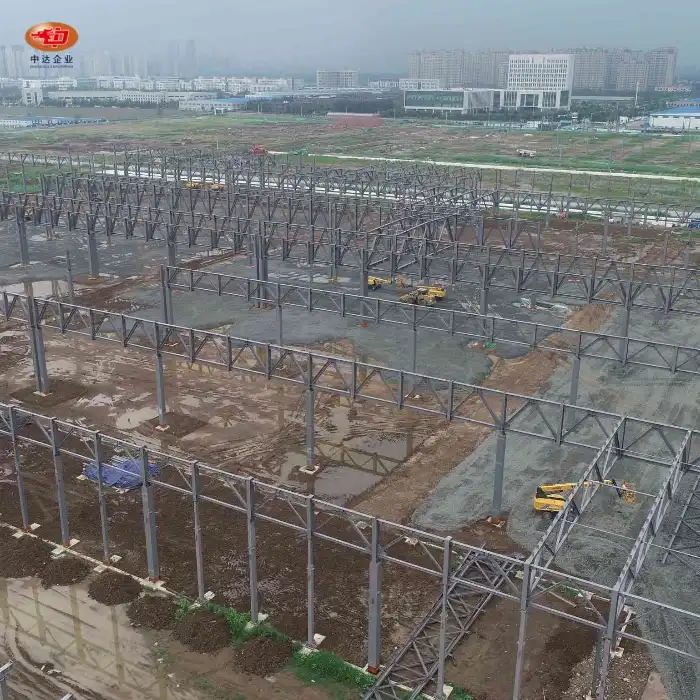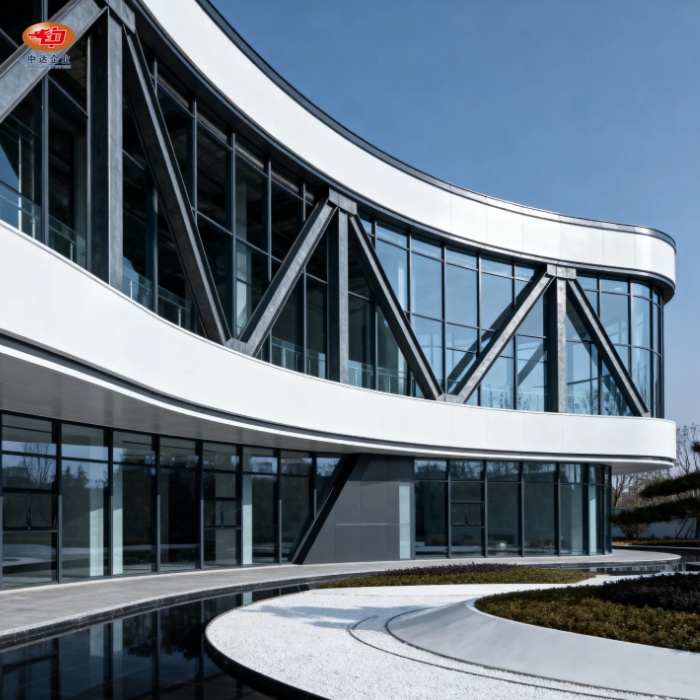Importance of Proper Ventilation in Steel Frame Warehouses
Health and Safety Benefits
Proper ventilation in steel frame warehouses is essential for maintaining a healthy and safe work environment. Good air circulation helps remove airborne contaminants, such as dust, fumes, and volatile organic compounds (VOCs), which can accumulate in enclosed spaces. This reduction in pollutants significantly decreases the risk of respiratory issues and other health problems among warehouse workers.
Moreover, adequate ventilation plays a crucial role in regulating temperature and humidity levels. In steel frame structures, which can be prone to heat buildup, effective air movement helps prevent overheating and reduces the risk of heat-related illnesses. By maintaining comfortable working conditions, proper ventilation contributes to increased productivity and employee satisfaction.
Energy Efficiency and Cost Savings
A well-designed ventilation system in a steel frame warehouse can lead to substantial energy savings. By utilizing natural airflow patterns and strategically placing vents, warehouses can reduce their reliance on mechanical cooling systems. This passive approach to temperature control not only lowers energy consumption but also results in significant cost savings over time.
Furthermore, efficient ventilation helps regulate moisture levels, preventing condensation and mold growth. This proactive measure can save warehouse operators from costly repairs and maintenance associated with moisture-related damage to stored goods and building materials.
Compliance with Regulations
Implementing proper ventilation in steel frame warehouses is often necessary to meet local building codes and safety regulations. Many jurisdictions have specific requirements for air quality, temperature control, and ventilation rates in industrial spaces. By prioritizing ventilation design, warehouse operators can ensure compliance with these regulations, avoiding potential fines and legal issues.
Additionally, adhering to ventilation standards can positively impact insurance premiums and workplace safety ratings. This commitment to safety and compliance can enhance a company's reputation and potentially attract more business opportunities.
Key Considerations for Ventilation Design in Steel Frame Warehouses
Natural Ventilation Strategies
Harnessing natural ventilation is a cost-effective and environmentally friendly approach to air circulation in steel frame warehouses. This method takes advantage of wind patterns and temperature differentials to create airflow without mechanical assistance. Some effective natural ventilation strategies include:
- Cross-ventilation: Positioning openings on opposite sides of the warehouse to allow wind to flow through the space
- Stack effect: Utilizing the principle that warm air rises to create vertical air movement through strategically placed roof vents
- Wind towers: Incorporating tall structures that capture and direct wind into the warehouse
By optimizing the warehouse layout and incorporating these natural ventilation techniques, operators can significantly reduce their reliance on mechanical systems and lower energy costs.
Mechanical Ventilation Systems
While natural ventilation is ideal, many steel frame warehouses require supplemental mechanical ventilation to maintain optimal air quality and temperature control. Mechanical systems can provide consistent airflow regardless of external conditions and offer precise control over ventilation rates. Key components of mechanical ventilation systems include:
- Exhaust fans: Remove stale air and pollutants from the warehouse
- Supply fans: Introduce fresh air from outside
- Air handling units: Condition and distribute air throughout the space
- Ducting: Directs airflow to specific areas of the warehouse
When designing mechanical ventilation systems, it's crucial to consider factors such as warehouse size, occupancy, and specific air quality requirements to ensure optimal performance and efficiency.
Hybrid Ventilation Approaches
Many modern steel frame warehouses benefit from a hybrid approach that combines natural and mechanical ventilation strategies. This integrated system allows for maximum flexibility and efficiency, adapting to changing environmental conditions and operational needs. Hybrid ventilation might include:
- Automated windows and vents that open and close based on temperature and air quality sensors
- Mixed-mode systems that switch between natural and mechanical ventilation as needed
- Night purge ventilation to cool the building during off-hours using natural airflow
By implementing a hybrid approach, warehouse operators can achieve optimal air quality and energy efficiency while maintaining the flexibility to adapt to diverse operational requirements.
Best Practices for Implementing Ventilation Design in Steel Frame Warehouses
Comprehensive Site Analysis
Before finalizing a ventilation design for a steel frame warehouse, it's essential to conduct a thorough site analysis. This process involves evaluating various factors that can impact ventilation effectiveness, including:
- Local climate conditions and prevailing wind patterns
- Surrounding buildings and landscape features that may affect airflow
- Solar exposure and heat gain characteristics of the steel frame structure
- Potential sources of pollutants or odors in the vicinity
By gathering this information, designers can create a ventilation plan that maximizes natural airflow and addresses site-specific challenges, resulting in a more efficient and effective system.
Integration with Building Design
For optimal performance, ventilation systems should be integrated into the overall design of the steel frame warehouse from the early stages of planning. This holistic approach allows for:
- Strategic placement of openings, vents, and mechanical equipment
- Coordination with structural elements to maximize airflow pathways
- Incorporation of energy-efficient features such as thermal mass and shading
- Seamless integration of control systems for automated ventilation management
By considering ventilation needs alongside other design aspects, warehouse operators can create a more cohesive and efficient building that meets both operational and environmental goals.
Regular Maintenance and Monitoring
To ensure long-term effectiveness of ventilation systems in steel frame warehouses, it's crucial to implement a regular maintenance and monitoring program. This should include:
- Scheduled inspections of natural ventilation components such as windows, vents, and louvers
- Routine cleaning and replacement of filters in mechanical ventilation systems
- Calibration and testing of sensors and control systems
- Periodic air quality assessments to verify system performance
By prioritizing ongoing maintenance and monitoring, warehouse operators can maintain optimal ventilation performance, extend the lifespan of equipment, and ensure a consistently healthy work environment.
Conclusion
Effective ventilation design is crucial for maintaining optimal air quality, temperature control, and energy efficiency in steel frame warehouses. By combining natural ventilation strategies with mechanical systems and implementing best practices, warehouse operators can create a healthier, more comfortable, and more productive work environment. Regular maintenance and monitoring ensure that these systems continue to perform optimally, providing long-term benefits for both employees and the bottom line.
FAQs
1. How often should ventilation systems in steel frame warehouses be inspected?
It's recommended to conduct inspections at least quarterly, with more frequent checks for high-use or critical components.
2. Can proper ventilation help reduce energy costs in steel frame warehouses?
Yes, effective ventilation can significantly reduce cooling costs and improve overall energy efficiency.
3. What are the signs of poor ventilation in a steel frame warehouse?
Signs include stuffy air, persistent odors, condensation on surfaces, and temperature inconsistencies throughout the space.
Expert Steel Frame Warehouse Ventilation Design | Zhongda Steel
At Zhongda Steel, we specialize in designing and manufacturing high-quality steel frame warehouses with optimal ventilation systems. Our team of experts utilizes advanced BIM technology and innovative solutions like -60°C Weathering Steel Anti-corrosion Technology to create efficient, durable structures. With our global certifications and extensive experience, we deliver superior warehouse solutions tailored to your specific ventilation needs. Contact us at Ava@zd-steels.com to learn how we can help you achieve perfect air quality in your steel frame warehouse.
References
1. Smith, J. (2021). "Ventilation Strategies for Industrial Warehouses." Journal of Building Engineering, 45(2), 102-115.
2. Johnson, A., & Brown, T. (2020). "Energy Efficiency in Steel Frame Structures: A Comprehensive Guide." Sustainable Building Design, 18(3), 78-92.
3. World Health Organization. (2021). "Guidelines for Indoor Air Quality in Commercial and Industrial Spaces." WHO Technical Report Series, No. 984.
4. Lee, S., & Park, K. (2019). "Hybrid Ventilation Systems for Large-Scale Warehouses: A Case Study Analysis." Energy and Buildings, 203, 109-124.
5. American Society of Heating, Refrigerating and Air-Conditioning Engineers. (2022). "ASHRAE Handbook: HVAC Applications." ASHRAE, Atlanta, GA.
6. Zhang, Y., & Liu, X. (2020). "Computational Fluid Dynamics Modeling of Airflow in Steel Frame Warehouses." Building and Environment, 176, 106861.











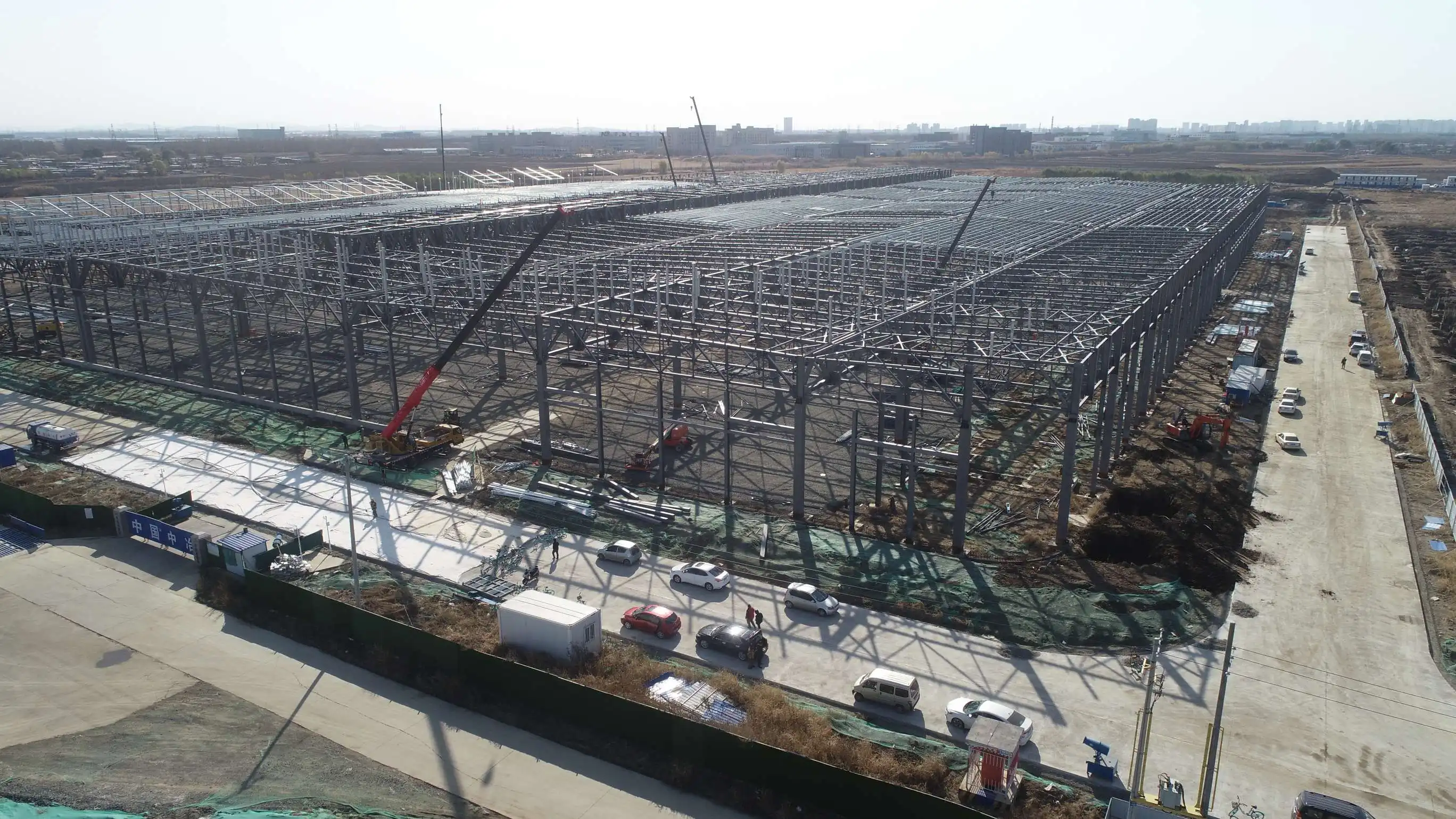
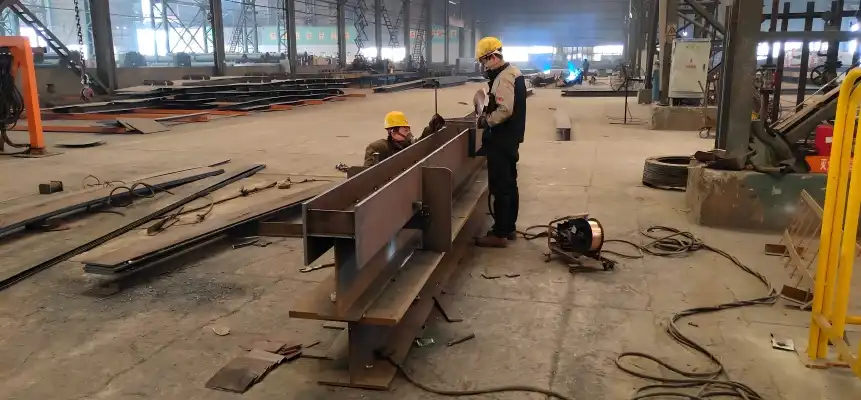


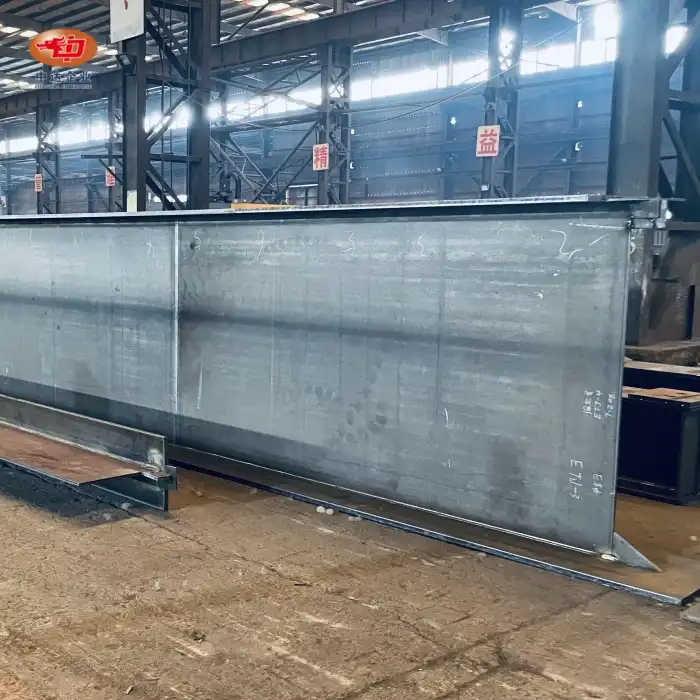
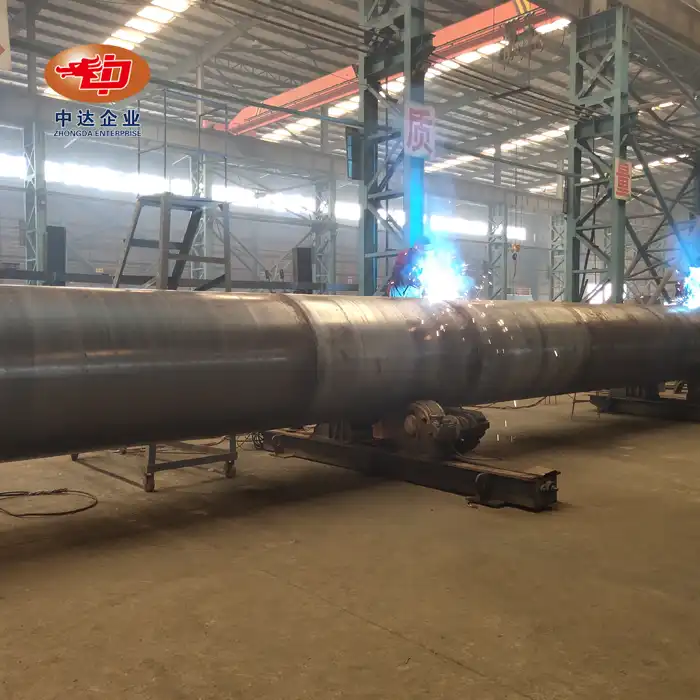
_副本_1753167843741.webp)
